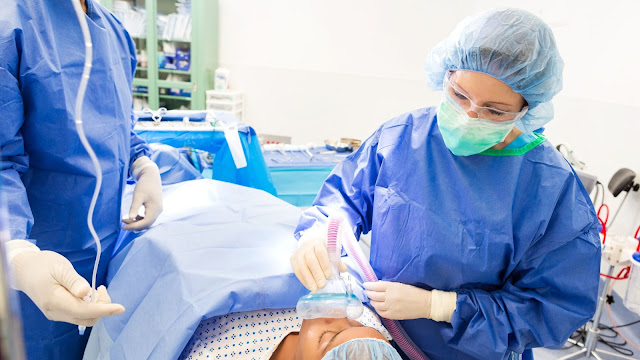Sedation Dentistry- Types and Procedure
Sedation Dentistry- An Introduction
Sedation dentistry is a branch of dentistry that enables patients to feel calm, relaxed and at ease during their dental procedures and surgeries.
Involving a normal level of sedation helps to keep the patient technically awake, inducing a calm feeling of relaxation, at the same time.
It is also termed conscious sedation dentistry or “twilight sleep” sometimes, as it establishes a state of short-term amnesia in patients experiencing insensitivity to pain without any loss of consciousness.
Sedation Dentistry has become one of the most popular dental treatments as it allows people suffering from dental anxiety a choice of relaxing through dental procedures.
Primarily focused on relieving anxiety and pain with the help of sedation, sedation dentistry is mainly of three types, with all having their special place. The right choice is based on the patient’s medical history & other factors.
Who can Benefit from Sedation Dentistry?
Usually, suggested branch dentistry for people of all ages, Sedation Dentistry is beneficial for patients with:
- Dental anxiety and fear of dental treatments
- Hypersensitive gag reflex.
- Apprehension about needles
- Severe tooth sensitivity.
- A feeling of Claustrophobia when in the dental chair.
- Inability to control movements.
- Special needs patients
Different types of Sedation Dentistry
Different levels of sedation dentistry are based and decided on the patient’s subjective requirements and various other aspects including the level of patient’s anxiety, duration of the procedure, health history and personal choices.
Nitrous oxide, oral conscious sedation and intravenous (IV) sedation are the most popular choices in this branch of dentistry which is focused on providing patients with a relaxed and pain-free dental experience.
Nitrous oxide
Usually recommended as the best choice for people with relatively low anxiety levels, Nitrous oxide is given as inhalation through a mask or a nosepiece.
It is also known as a ‘laughing gas, and its steadying effects begin within a few minutes. The amount of sedation is controlled by the dentist as the patient receives the sedation and the dosage is modified accordingly during the procedure or surgery.
With this sedation, the patient is awake but extremely relaxed throughout the procedure.
Our team of sedation dentistry experts at Morgan Hill Dentistry explain that after the procedure is over, pure oxygen is used to flush out the nitrous oxide from the system.
It can leave the system so quickly, that our patients can drive themselves back home just after the treatment.
Oral Conscious Sedation
This kind of sedation involves giving a sedation medication, about an hour prior to the beginning of the procedure, usually in the form of a pill.
The medicines usually used to induce oral sedation are triazolam, zaleplon and lorazepam. However, Jn pediatric dentistry liquid sedation like midazolam oral syrup is used.
A low dosage of oral sedation helps to induce a low or moderate level of sedation. The patient, though conscious throughout, usually does not remember much of the procedure.
A groggy feeling or falling asleep during the procedure is also reported in many patients with oral sedation.
However, the patients can communicate, if needed with the dentist and can be awakened with a gentle nudge.
It is imperative to mention here that the memory and motor skills can be temporarily affected and the patients may need assistance to be driven home after the procedure.
So if your dentist has planned oral sedation for you, it’s always advisable to get a friend or a family member along for the procedure.



.jpeg)
Comments
Post a Comment